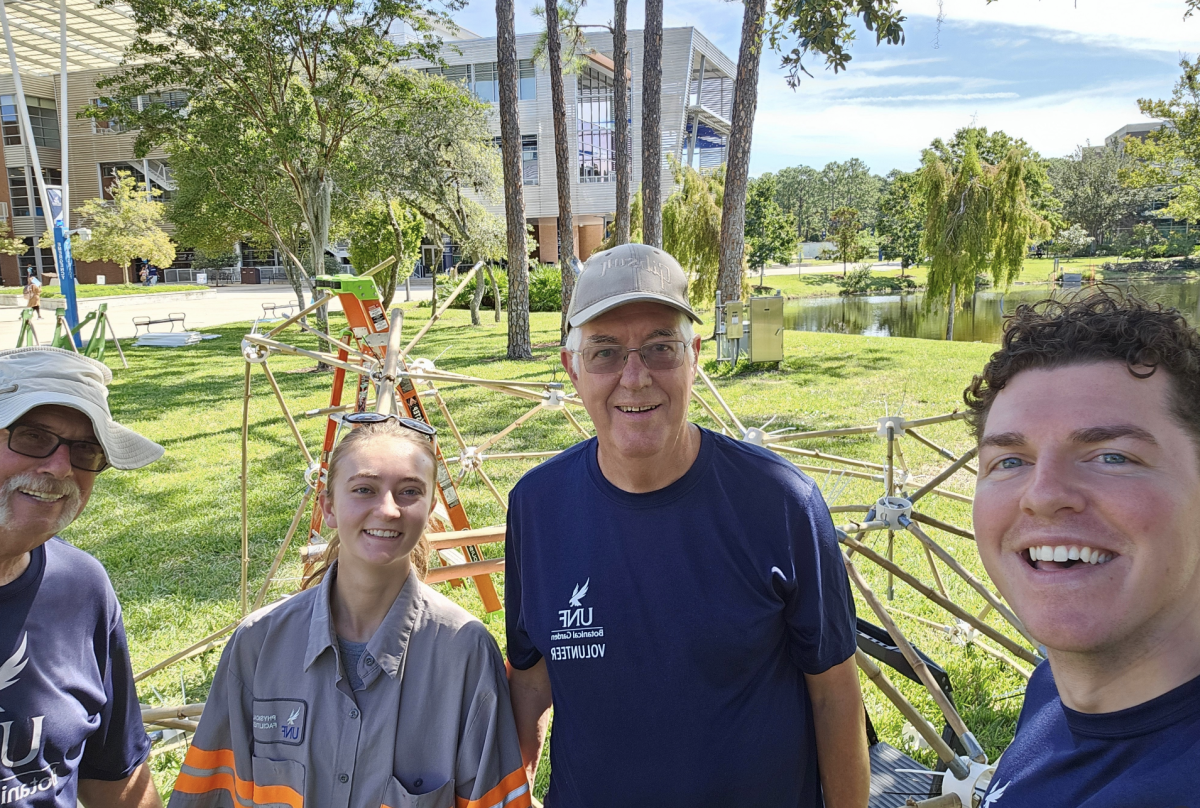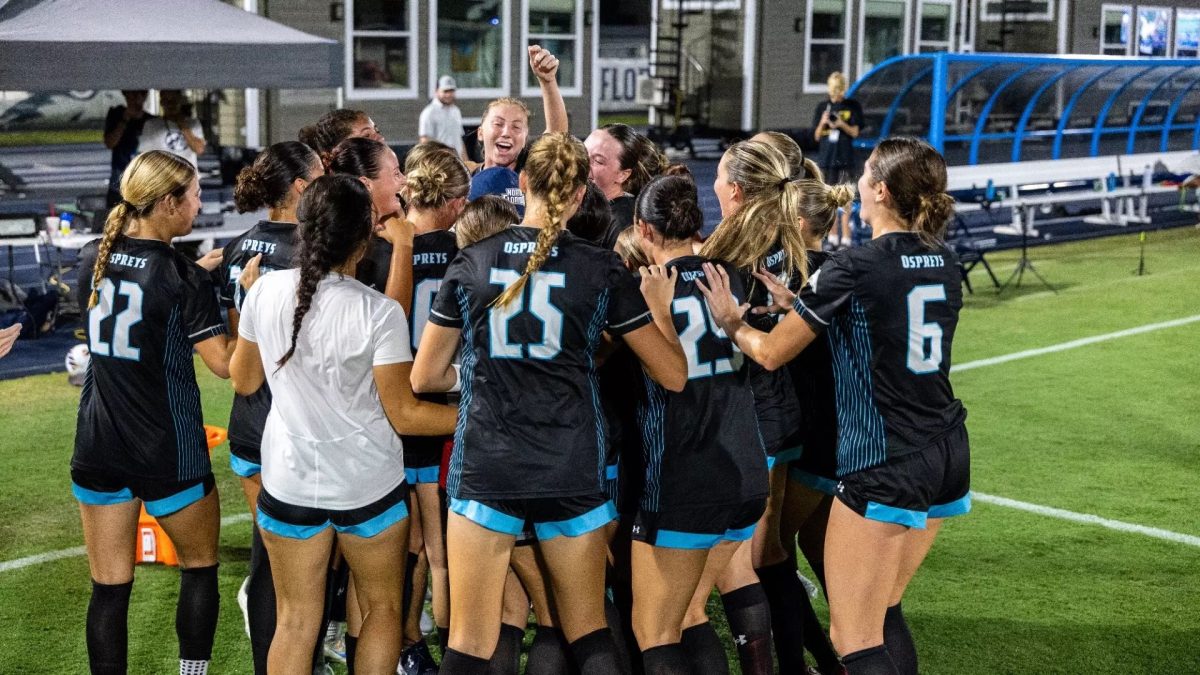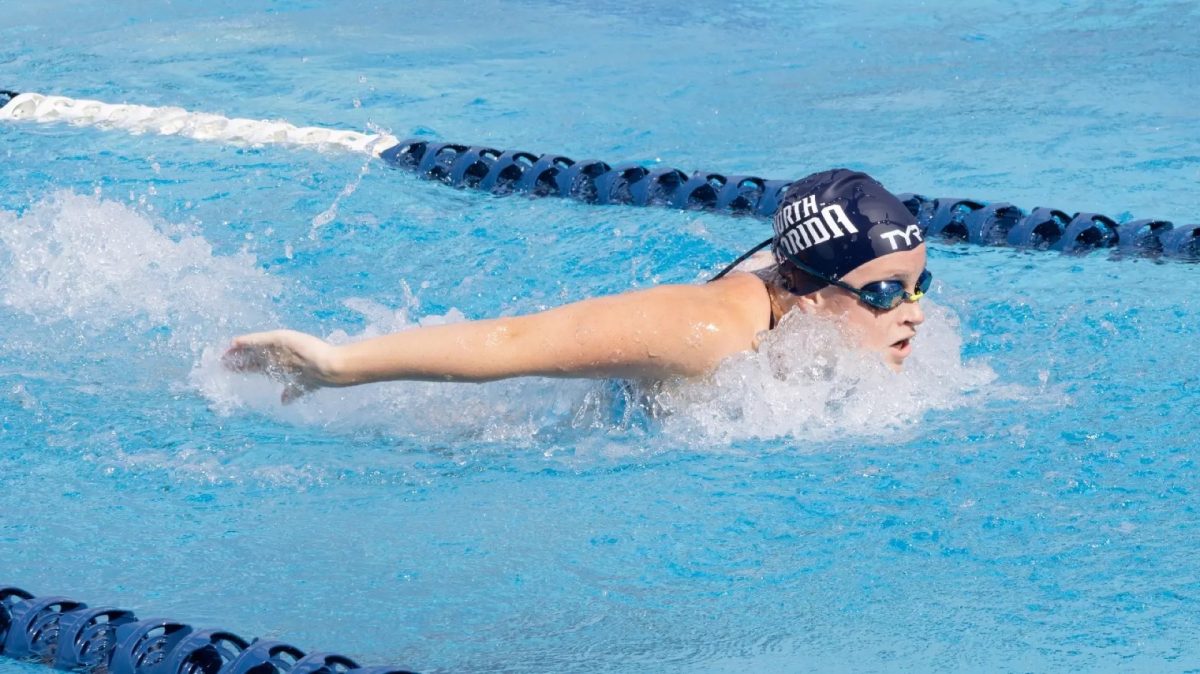As the Osprey Racing members load up their 600-pound vehicle onto what seems like a car treadmill, they aren’t just seeing how fast their machine can go. These college students are learning how to improve their creation and how to speed past their competitors with tangible data.
This small, F1-looking one-seater is their one and only track monster. A set of wheels alone for the car runs them over $800 dollars. This hand-built machine is no 30 mph go-cart. They have been looking forward to this testing day as they test their machine on a dyno for the very first time.
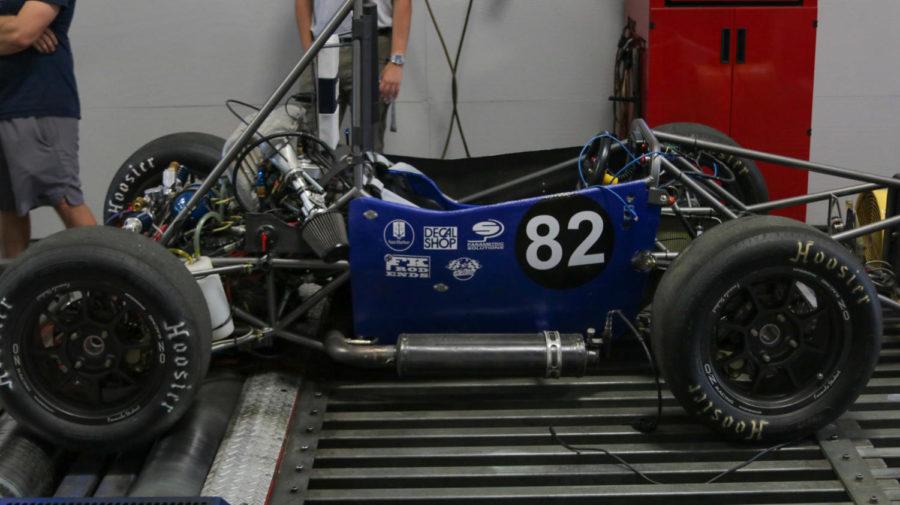
A dynamometer, also known as a “dyno,” is a device that measures force, torque, or power. A dyno is designed to create a load to duplicate various speed and torque requirements. From the data provided by the dyno, the team can calculate horsepower.
Using the facilities at Mase Engineering, the team was granted access to the dyno. From there, the Osprey Racing team did all the setting up and testing. The dyno successfully did its job and provided the team with crucial knowledge via the dyno’s computer program.
As the team watched the dyno runs, some members were fascinated as the car was able to reach speeds that they have only viewed in simulations and in their dreams. The team was particular to point out that the exhaust was glowing red, and they had never seen the car do that before. It was like taking a child to Disneyland for the first time.
A computer connected to the dyno records all of the critical data that the team will use as a benchmark to improve on the car’s performance. This test on the dyno and other tests they have been doing are all in preparation for their next race, which will be in just over 30 days in Michigan.
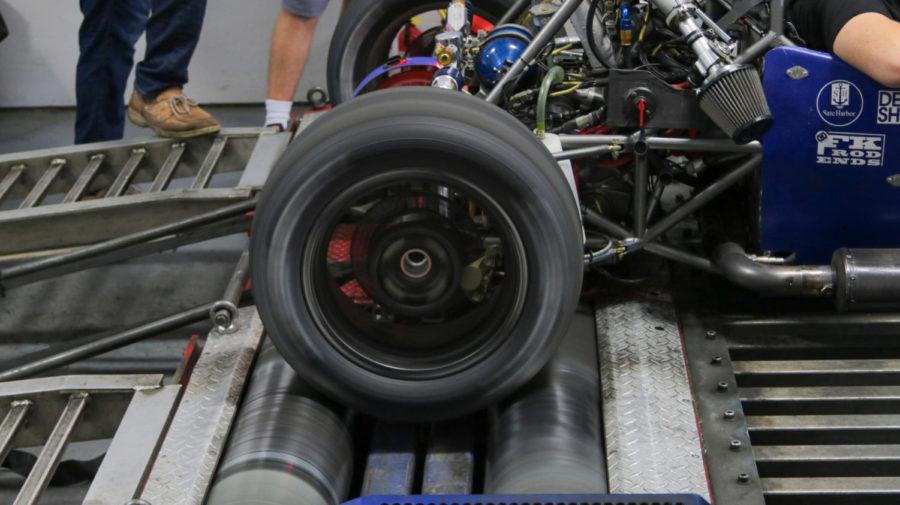
The Osprey Racing team will compete in a field of 70 colleges in the Formula SAE Validation on May 5th through 8th in Brooklyn, Mich. While the team is looking forward to the races, the team is also gaining real-world learning experiences. The team must present an oral cost presentation, an oral design presentation and even an oral business presentation before hitting the track.
It is safe to say that this is the real deal.
With last year’s race being shut down due to COVID-19, the team has undergone setbacks and challenges that have stemmed from the lack of people being on campus. Club President Nathan Stratton has dealt with a lot over the last few months, and getting everyone on the same page has definitely not been a cakewalk.
“Everything that we normally would get done with an email or walking into somebody’s office is now two emails and phone call in a zoom meeting,” Stratton said. “It’s taken a lot longer for us to achieve things we originally wanted to achieve much sooner.”
Although things are not the same as they used to be, Stratton mentioned that their communication with their members and funding through the school has improved in recent weeks, and he said he’s optimistic about the future of Osprey racing.
With things ramping up and the team now being in full throttle, they are still improving the car before heading up to the Wolverine State.
One of the things that they are planning on adding to the car before the competition is a wing package that will create downforce and add increased aerodynamic efficiency. According to Stratton, the team will add a front wing and a back wing to the car in the next week or so and then prepare for their journey to Michigan.
Stratton expects this to be one of their most reliable and well-performing cars in the club’s 10-year history.
As I talked to other club members, I spoke with Nathan Velez, a junior, and as Captain of the team, he is one of the drivers. He believes that this is also one of the best cars the club has produced and values the dyno session as a team learning experience.
“We have our students learning and getting proper numbers,” Velez said. “It’s not just fiddling around in our shop thinking we’re making a change. Luckily with Mase engineering, he’s provided a space for us to learn. With this result, we can have better testing sessions, more accurate results and ultimately make our car 100% ready for competition.”
As things speed up in the shop as classes come to an end, the Osprey Racing team is hard at work preparing their pocket-sized F1 car to compete among like-minded individuals from across the country.
With ambitious members and a fast car, the sky is the limit.
_____
For more information or news tips, or if you see an error in this story or have any compliments or concerns, contact editor@unfspinnaker.com.




